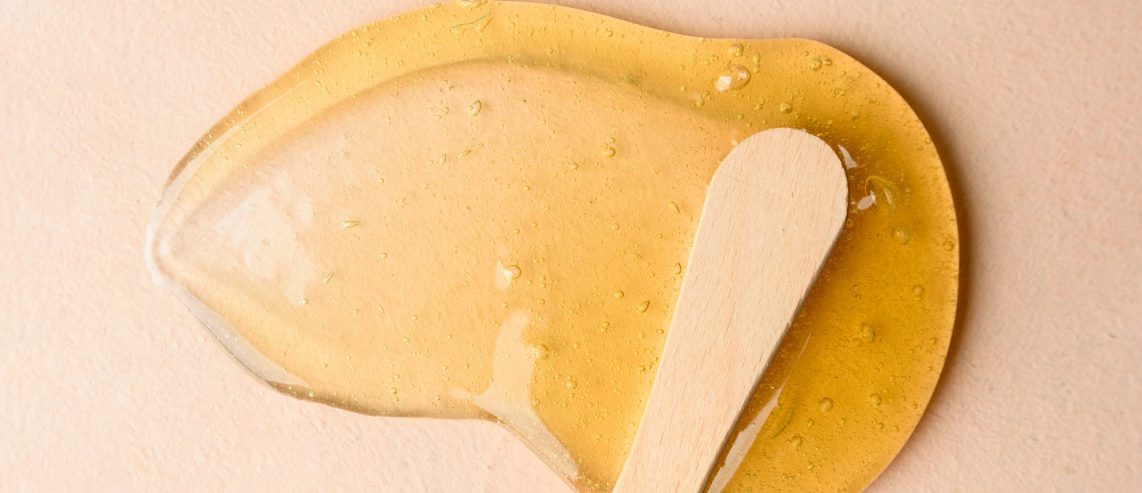Like most women, you probably have some unwanted hair — whether it’s on your face, underarms, legs, or bikini line. Fortunately, there are several options for dealing with hair that grows where you don’t want it to.
Here, we break down five of the most popular hair removal procedures.
Shaving
Shaving unwanted hair is the most low-tech solution to removing unwanted hair.
Pros: You can shave any area of your body, and it’s painless unless you cut yourself. It’s also inexpensive.
Cons: Shaving only gets rid of the hair at the surface, so it grows back quickly. You may need to shave every few days to maintain smooth skin. Also, frequent shaving can irritate your skin or lead to ingrown hairs.
Never Miss a Beat!
Subscribe to Our HealthBeat Newsletter!
Thank you for subscribing!
You can now select the specific newsletters you'd like to receive.
You are already subscribed.
Subscribe to more newsletters in our email preference center.
Sorry, an error occurred. Please try again later.
Get Healthy Tips Sent to Your Phone!
Plucking
You can use tweezers to pluck out individual hairs from your eyebrows or chin.
Pros: Plucking excess hair lasts longer than shaving, since it removes the hair root. It takes about six weeks for tweezed hair to grow back completely.
Cons: Tweezing excess hair is time-consuming. And there is some discomfort involved as you pluck out individual strands of hair. It’s not a practical way to remove hair from legs or armpits.
Waxing
You can have waxing done at a spa or a medical center that specializes in skin care.
Your skin care provider will apply warm wax to the skin in areas with unwanted hair. Once the wax cools and hardens, they pull it off in the opposite direction of hair follicle growth. This removes the hair from the root.
You can also apply wax at home. Several different kinds of wax kits are available over the counter at drugstores.
Pros: Waxing keeps unwanted hair away longer than shaving because it removes hair from the root. Results last two to six weeks, so you should wax regularly for best results. You can wax any part of your body, including legs, bikini line, chin, and upper lip.
Cons: Waxing can be uncomfortable. If the wax is too hot, it can burn your skin. Newly waxed skin can become red and irritated for a while after you wax.
The American Academy of Dermatology recommends not waxing if you are taking an antibiotic. You also shouldn’t wax if you’re taking isotretinoin, a prescription medication for severe acne, or tretinoin, a topical medicine for acne. These medications can thin your skin, making it easier to tear when wax gets removed.
Laser Hair Removal
Using lasers is one of the most popular permanent hair removal methods. The laser emits a beam of light that destroys the hair follicle over time.
It takes about six to eight treatments to completely destroy the follicle. Each treatment takes 15 to 60 minutes, depending on the size of the area treated.
Pros: It removes hair permanently. A laser such as Apogee® Elite or CoolGlide® can remove the hair in an area the size of a nickel in a single pulse.
Cons: Laser hair removal may cause discomfort similar to waxing. Your sensitivity to laser hair removal may depend on what part of the body is being treated.
People of all skin colors can have laser hair removal, but the procedure doesn’t work on light-colored hair. So if you have blonde, white, gray, or red hair, you may need to opt for another form of hair removal. A dermatologist can tell you if you’re a good candidate for laser hair removal.
Dermaplaning
Dermaplaning is a skin resurfacing method. It’s usually used to treat fine lines and wrinkles, but it can also remove “peach fuzz” or fine hair.
During dermaplaning, your skin care provider will gently go over your skin with a special instrument. It scrapes off the top layer of dead skin and removes unwanted hair. Your skin should look smoother and healthier once the treatment is over.
Pros: Dermaplaning is great for touch-ups between other types of hair removal procedures. For best results, you should repeat dermaplaning once a month.
Cons: You may have slight soreness or red, swollen skin for a day or two after the procedure. You shouldn’t have dermaplaning done if you have acne, rosacea, eczema, or a sunburn.
If you experience side effects like bumps, redness, or sores after any hair removal procedures, you should call your dermatologist.
Sources
About Dermatology
The UPMC Department of Dermatology diagnoses, treats, and manages numerous hair, skin, and nail conditions and diseases. We care for common and uncommon conditions, and our treatments include both surgical and nonsurgical options. We operate several specialty centers for various conditions. The UPMC Cosmetic Surgery and Skin Health Center is a comprehensive dermatologic laser facility, offering a full range of cosmetic services and procedures. With UPMC Hillman Cancer Center, we offer a Skin Cancer Program that provides complete care from screenings, diagnosis, treatment, and beyond. Find a dermatology provider near you.
